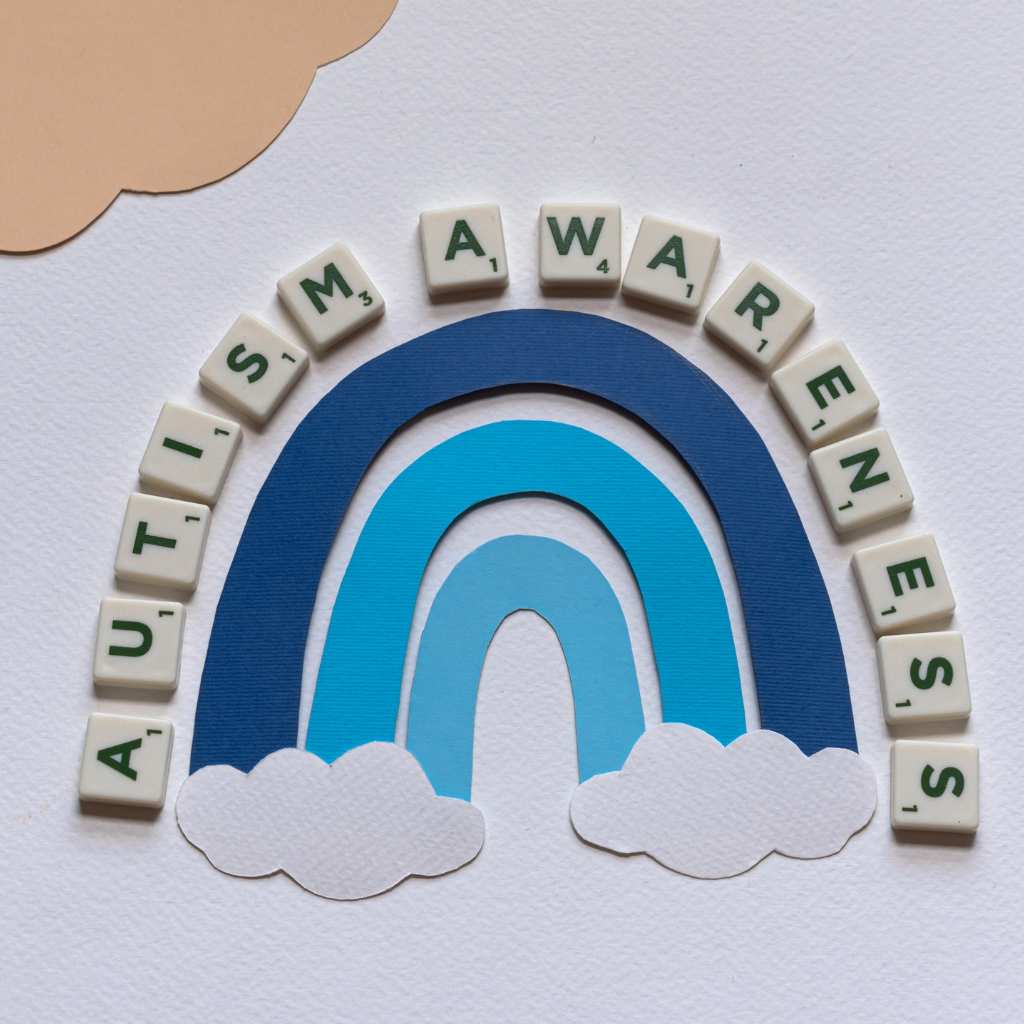Table of Contents
Why are the rates of autism increasing?
The latest report by the CDC in April 2025 shows rising autism rates, revealing a significant trend that neurodiverse families should be aware of. According to the new data, 1 in 31 children in the United States are now diagnosed with Autism Spectrum Disorder (ASD) by age 8. This continuing increase in autism diagnosis rates raises important questions for parents, educators, and healthcare providers.
As awareness and understanding of ASD deepen, the increasing rates of diagnosis prompt critical conversations among families and communities, questioning: Why are the rates of autism increasing? What are the potential causes of autism? And how can we better support individuals with ASD and their families?
At ABA Centers of Georgia, we believe that understanding these statistics is crucial for developing more effective support systems for individuals with autism. Let’s explore what these new rising autism rates mean, the factors behind this ongoing increase, and what resources are available for families in Georgia navigating an autism diagnosis.
Breaking Down the Latest Rising Autism Rates from CDC’s 2025 Report
The CDC’s Autism and Developmental Disabilities Monitoring (ADDM) Network has been tracking autism prevalence for years, providing valuable insights into how diagnosis patterns evolve. The report shows rising autism rates to 32.2 per 1,000 children (1 in 31), compared to 27.6 per 1,000 (1 in 36) in the previous 2020 report or 1 in 44 in 2018.
This comprehensive study collected data from 16 communities across the United States, examining health and educational records to identify children meeting the criteria for autism spectrum disorder. Several notable patterns emerged:
- Gender differences persist: Boys continue to receive autism diagnoses approximately 3.4 times more frequently than girls (49.2 per 1,000 boys versus 14.3 per 1,000 girls)
- Demographic shifts: For the first time, Asian/Pacific Islander, Black, Hispanic, and multiracial children showed higher prevalence rates than white children
- Earlier identification: Children born in 2018 were 1.7 times more likely to receive an autism diagnosis by age four than children born in 2014
- Regional variations: Autism prevalence varies significantly by location, ranging from 9.7 per 1,000 children in Laredo, Texas, to 53.1 in California.
Why Are We Seeing an Increase in Autism Diagnosis Rates?
Many parents wonder whether environmental factors might be causing more children to develop autism. However, experts point out several other essential factors that better explain rising autism rates:
1. Enhanced Recognition and Awareness
One of the primary drivers behind the rising autism rates is our collective improvement in recognizing autism characteristics. Parents, teachers, and healthcare providers have become more knowledgeable about developmental milestones and early signs of autism.
This heightened awareness means children who might have gone undiagnosed in previous generations are now being identified and receiving support.
Worldwide campaigns about autism understanding and acceptance have played a significant role in this shift, encouraging parents to seek evaluations when they notice developmental differences and helping pediatricians become more attentive to potential signs during routine check-ups.
2. Broader Diagnostic Framework
The diagnostic criteria for autism have undergone significant changes over time. In 2013, the DSM-5 (Diagnostic and Statistical Manual of Mental Disorders, 5th edition) brought together previously separate conditions, like Asperger’s syndrome and PDD-NOS, under the umbrella term “autism spectrum disorder.”
This broader diagnostic framework has contributed to the autism prevalence increase by including individuals who might previously have received different diagnoses or no diagnosis at all.
3. Improved Screening Protocols
Universal screening recommendations have revolutionized the way we identify autism. The American Academy of Pediatrics now recommends autism-specific screening for all children between 18 and 24 months of age, regardless of whether parents have expressed concerns. These standardized practices help identify children across the spectrum, including those with more subtle presentations.
4. More Equitable Access to Diagnostic Services
Although disparities in access to healthcare persist, many communities have made significant progress in expanding diagnostic services. The shifting demographic patterns in autism prevalence suggest that historically underserved populations are gaining better access to evaluation and diagnosis.
According to the 2025 CDC report, Asian/Pacific Islander children now show the highest prevalence (38.2 per 1,000), followed closely by American Indian/Alaska Native (37.5), Black (36.6), Hispanic (33.0), and multiracial children (31.9). White children now have the lowest reported prevalence at 27.7 per 1,000. This reversal of historical patterns suggests improved access to diagnosis for diverse communities.
What Autism Prevalence Means for Georgia Families
It’s important to understand that rising autism rates don’t necessarily signal an “epidemic” as sometimes portrayed in headlines. Autism is not a disease but a neurodevelopmental condition that has always been present in the human population. What’s changing is our ability to recognize, diagnose, and support individuals on the spectrum.
Many adults today are receiving first-time autism diagnoses later in life, having grown up in an era when autism awareness was limited. The increasing prevalence primarily reflects our improved diagnostic capabilities rather than an actual increase in the condition itself.
That said, researchers continue to investigate whether certain environmental factors may influence autism risk.

Current evidence suggests autism primarily results from complex interactions between genetic predisposition and prenatal environmental factors.
Importance of Early Intervention and Diagnosis
The early years of a child’s life are marked by rapid brain development. Intervening during this period can harness the brain’s plasticity, leading to improvements in cognitive abilities, language skills, and adaptive behaviors. According to the National Institute of Child Health and Human Development, early interventions can lead to significant gains in these areas, laying a strong foundation for future learning and development.
So, what you can do as a parent or caregiver is:
- Being aware of developmental milestones
- Advocating for autism-specific screening during well-child visits
- Pursuing evaluation if concerns arise
- Connecting with support services as early as possible
The earlier a child with autism receives appropriate support, the greater impact those interventions can have on communication, social interaction, behavioral regulation, and overall quality of life.
ABA Centers of Georgia: Top Autism Care Provider
As autism prevalence continues to evolve, our focus at ABA Centers of Georgia remains on improving identification, understanding, and support. We believe that meaningful progress begins with comprehensive backing, not just for the individual with autism but for the entire family.
Our team use evidence-based ABA interventions, ongoing professional development, and compassionate care that leads to meaningful outcomes. Whether your child has recently received a diagnosis or has been navigating life with autism for years, we provide personalized ABA plans tailored to their unique needs and strengths.
We offer services throughout Alpharetta, Atlanta, Buckhead, Marietta, and many other communities. Our programs help kids and teens build positive skills and learn how to navigate life more independently.
If you have questions about autism diagnosis or support options through ABA therapy in Georgia, please call us at (855) 929-5058 or schedule a complimentary consultation with our expert team. We’re here to walk alongside you every step of the way, providing evidence-based support that makes a difference.










